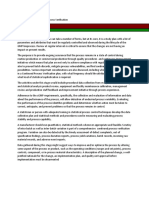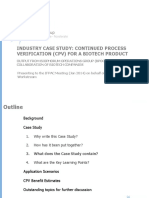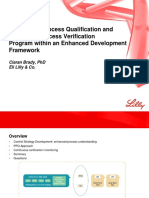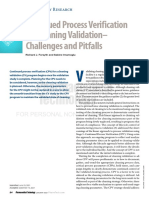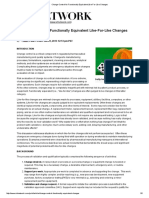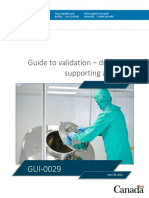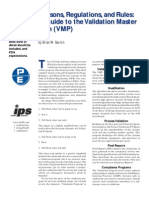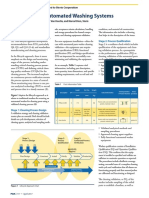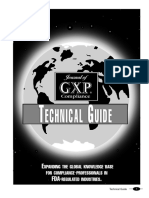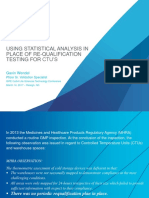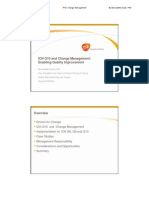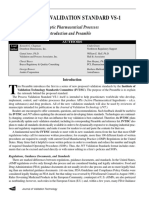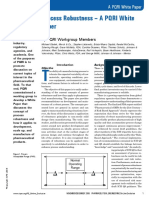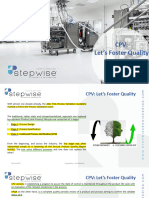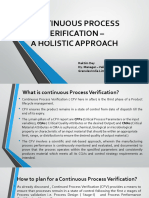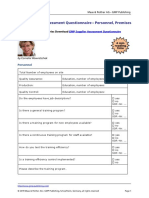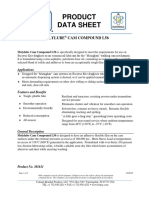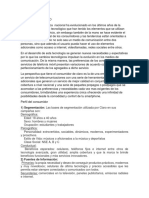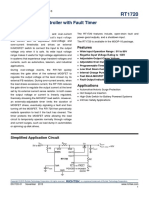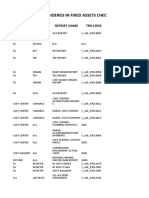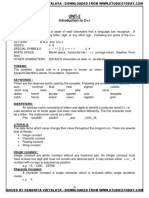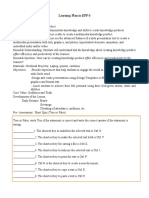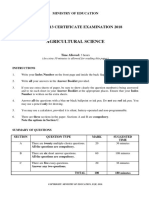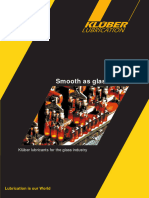100% found this document useful (1 vote)
571 views19 pagesContinued Process Verification
This document provides guidance on developing and responding to signals as part of a Continued Process Verification (CPV) program in the biopharmaceutical industry. It describes how CPV involves monitoring critical quality attributes and critical process parameters over time to detect any variation within specifications. The document outlines five steps to establish CPV signals and response procedures: 1) define parameters and signal criteria, 2) establish monitoring frequency, 3) establish signal evaluation criteria and actions, 4) escalate actions if needed, and 5) document signals and responses. It also provides examples of setting default response actions for signals, from taking no action to performing an evaluation, and establishing a review process to escalate signals if needed.
Uploaded by
Minh LeCopyright
© © All Rights Reserved
We take content rights seriously. If you suspect this is your content, claim it here.
Available Formats
Download as DOCX, PDF, TXT or read online on Scribd
100% found this document useful (1 vote)
571 views19 pagesContinued Process Verification
This document provides guidance on developing and responding to signals as part of a Continued Process Verification (CPV) program in the biopharmaceutical industry. It describes how CPV involves monitoring critical quality attributes and critical process parameters over time to detect any variation within specifications. The document outlines five steps to establish CPV signals and response procedures: 1) define parameters and signal criteria, 2) establish monitoring frequency, 3) establish signal evaluation criteria and actions, 4) escalate actions if needed, and 5) document signals and responses. It also provides examples of setting default response actions for signals, from taking no action to performing an evaluation, and establishing a review process to escalate signals if needed.
Uploaded by
Minh LeCopyright
© © All Rights Reserved
We take content rights seriously. If you suspect this is your content, claim it here.
Available Formats
Download as DOCX, PDF, TXT or read online on Scribd
/ 19
